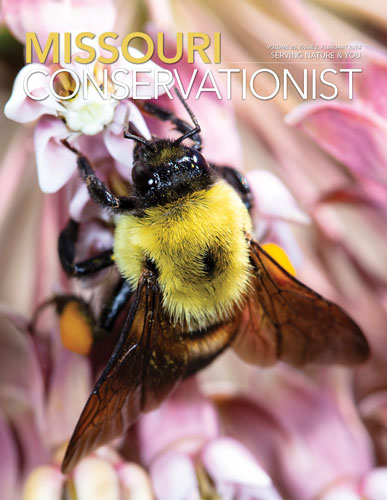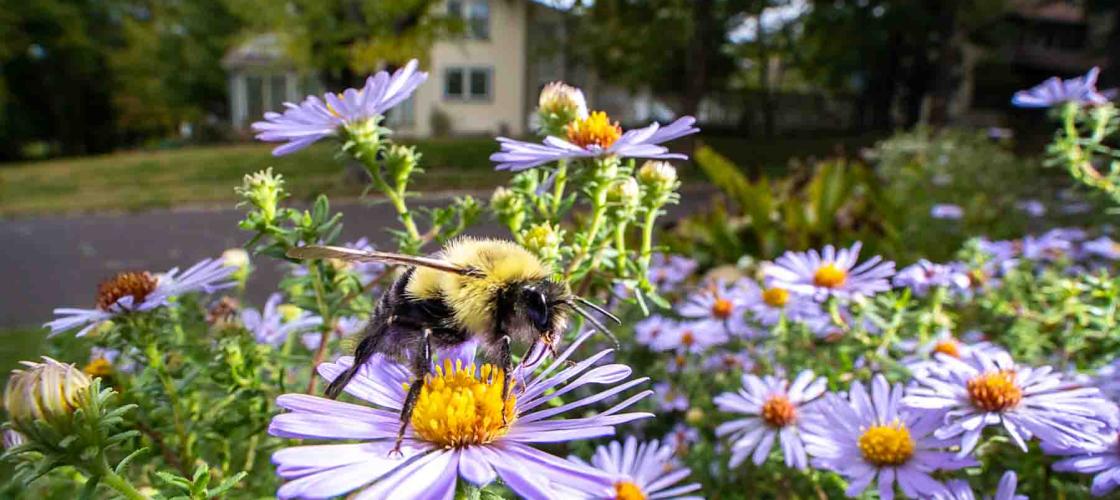
The low buzz of a bumblebee visiting a flower is a familiar sound during Missouri summers. Bumblebees are easy to spot, methodically collecting pollen and nectar from a wide range of native flowering plants.
Historically, Missouri has been home to at least 11 native bumblebee species, of which eight are currently considered to be regular inhabitants. Of these, four are now tracked by MDC as species of conservation concern, and two are petitioned for listing under the Endangered Species Act within the next few years. This means more than half of our native species are now considered imperiled or worse.
Since the Endangered Species Act listing of the rusty patched bumblebee (Bombus affinis) in 2017, increased attention has been given to the populations and distribution of other bumblebee species in the United States.
To try and understand where these bees occur and get a snapshot of how they are doing, MDC partnered with the Xerces Society and the University of Missouri–Columbia to create the Bumble Bee Atlas in 2020.
Now entering its fourth year, Atlas volunteers survey bumblebees across the state in a variety of habitats to better understand where they occur, what threats they face, and which species most need assistance to thrive in Missouri.
Missouri Bumble Bee Atlas
Busy collecting pollen from a pale purple coneflower, a worker bumblebee barely notices the Atlas volunteer approaching. With a flick of a net, the bee is captured and gently coaxed into a plastic tube for temporary storage. This tube, buzzing with the vibration of the confused bee’s wing muscles, goes into a cooler filled with ice, and the bumblebee slowly falls asleep.
After half an hour, the volunteer carefully tips her out of the chilled tube and onto a sheet of grid paper. Photos are taken of diagnostic characteristics, including shots of her face, abdomen, and sides. During this time, the bumblebee slowly warms up until she can fly again and return to her colony. The photos are used to determine the species of the bumblebee and are submitted to a central database, where identifications are confirmed by experts with the University of Missouri and the Xerces Society.
This simple process is all it takes to submit a record to the Atlas. To increase our understanding of bumblebee biology and habitat preference, volunteers are also asked to take notes on weather, the plant the bumblebee was visiting when captured, and other flowers occurring in the survey area.
Missouri citizens have come out in force to show their support for bumblebee conservation and contribute to the Atlas.
“I am so heartened each time I participate in the survey, knowing that in just a small way I contributed to the conservation of our bumblebees,” said Kirk Suedmeyer, Atlas volunteer and veterinarian for the Kansas City Zoo and Aquarium. “The beauty of each bee is so incredible and awe-inspiring.”
Since 2020, volunteers like Suedmeyer have submitted records for more than 6,800 bumblebees across the state. The Atlas divides the state into 89 grid cells, and volunteers are asked to sign up for a single grid cell to conduct two surveys throughout the summer. In 2023, additional information was provided to volunteers on the locations of where rare species were previously observed to capture as much information as possible about the status of these species.
While it is evident that many pollinators are in decline, little is known about which species are at greatest risk or where and why they are declining.
Atlas data indicates several bumblebee species appear to be thriving in Missouri. For example, the common eastern bumblebee (Bombus impatiens) and the brown-belted bumblebee (Bombus griseocollis) are thought to be increasing their range. These two species accounted for approximately 50 percent of Atlas observations and, in some instances, were the only species found during surveys. While only 16 percent of all recorded bees were species of conservation concern, these species do appear to be widely distributed in Missouri, with populations found even in urbanized areas, such as Jackson and St. Louis counties.
Since 2020, data collected through the Atlas has greatly expanded our understanding of these pollinators. In 2022, across 44 counties and the City of St. Louis, Atlas volunteers documented 201 individual American bumblebees (Bombus pensylvanicus). This species is being considered for listing under the Endangered Species Act, and information collected by Atlas volunteers will help inform federal and state decision making.
Jared Brabant, a doctoral student with the University of Missouri, assists MDC and the Xerces Society with Missouri’s Bumble Bee Atlas as part of his graduate research.
“The findings from participants over the last few years have really deepened our understanding of bumblebee communities across Missouri, in present time,” said Brabant. “With this large scale, coordinated effort, we are able to get a more comprehensive picture of what’s going on today and shed light on where we should focus conservation efforts.”
Bumble Bee Atlas Observations
Based on the first several years of Bumble Bee Atlas observations, the most observed native flower species visited by each of the top six most observed bumblebees in Missouri included bee balm (Monarda fistulosa), common milkweed (Asclepias syriaca), field thistle (Cirsium discolor), and partridge pea (Chamaecrista fasciculata).
Meet Some Bees
American Bumblebee
The American bumblebee (B. pensylvanicus) was once one of the most common bumblebee species found throughout Missouri and the eastern United States. In recent years, its distribution has contracted, and populations have declined dramatically. In Atlas data, this widespread species was found mostly in habitats with a mix of woodland and grassland and showed a marked decline in developed habitats. As a long-tongued bee, the American bumblebee can access floral resources that other species cannot. Atlas volunteers found the American bumblebee on 77 species of plants from 2020–2022, with 21 percent on native thistles, and around 15 percent each on wild bee balm, prairie blazing star, and showy partridge pea.
Southern Plains Bumblebee
The Southern Plains bumblebee (Bombus fraternus) is found primarily in grassland habitats, according to 70 percent of Atlas observations for this species. The main populations occur primarily in southwest Missouri, although this bumblebee can still be found on prairie remnants elsewhere, including in the City of St. Louis. Only 68 observations of this species were made from 2020–2022, with the top three visited plants being showy partridge pea (22 percent), native thistles (18 percent), and grey-headed coneflower (15 percent).
Half-Black Bumblebee
The half-black bumblebee (Bombus vagans) is a major success story for the Atlas. Only 11 individuals of this species were documented from 2020–2022, but this also represents the first time it has been found in the state since 2003. This species is still thought to be quite rare in Missouri and may be in decline throughout its range. The flowers most visited by half-black bumblebees were wild bee balm and American germander.
Life Cycle
Unlike the nonnative European honeybee, bumblebees have an annual colony cycle. Each nest is founded by a queen in the spring, who emerges from winter hibernation, known as diapause, and forages for nectar and pollen over the course of several weeks, which she uses to prepare for her offspring.
The queen then lays eggs in a series of wax pots inside of old mouse burrows, wren houses, or even under tufts of bunch grass, such as prairie dropseed. This first generation of offspring are worker bees whose primary job is to collect pollen and nectar so the queen can turn her energy to laying more eggs and growing the colony. Over the course of the year, the colony can grow to over 100 workers, all dedicated to collecting resources for their expanding family.
At the end of the colony life cycle, sometime from mid-summer to fall depending on the species, the colony begins to produce new queens and reproductive males known as drones. Finally, after a new queen mates, she searches for a sheltered location to overwinter. Come spring, the process begins anew.
Bumblebees are generalist pollinators, meaning they can collect pollen and nectar from a wide range of plant species and can be found just about anywhere flowering plants occur. Workers will venture up to a mile to find flowers and, within this range, will learn to efficiently forage on only a few widely available flower species, focusing primarily on those plants during the few weeks of their lives.
Pollen is only consumed by juvenile offspring and provides protein necessary to grow the next generations of workers. Nectar provides calories for both juvenile and adult worker bees.
When workers forage, they collect pollen from anthers and actively pack the grains into hair “baskets,” called corbiculae, on their hind legs to take back to the nest. During this process, rogue pollen also gets stuck between hairs elsewhere on the bee’s bodies. As they move between plants, this pollen is brushed off and subsequently fertilizes the flower, ensuring that seed can be produced.
Bumblebee Declines
The primary threat to bumblebees and other pollinators, including monarchs, is the loss of habitat that provides abundant floral resources and protected nesting sites. With the conversion of prairies and woodlands to agricultural fields and housing developments, large patches of habitat are disappearing. This leaves only small, fragmented habitat “islands” in the form of public lands, gardens, and crop field edges.
In addition to habitat loss, other major threats to bumblebee health include exposure to pesticides from human activities and greater transmission of diseases proliferated by the captive rearing of bumblebee colonies for greenhouse crop pollination.
What You Can Do
Volunteering for the Atlas is just one step concerned citizens can take to help conserve pollinators. For more information about volunteering for the Bumble Bee Atlas, visit mobumblebeeatlas.org.
If catching bees doesn’t sound appealing, there are other local solutions to help mitigate pollinator declines.
The easiest answer is to plant native plants. Native pollinators rely on native plants for the pollen and nectar they need to thrive. While ornamental roses may be a beautiful landscaping option, years of cultivation have limited these plants’ ability to produce nectar and pollen. This is true for many ornamental plants and even cultivars of native plants, which may not convey the same benefits to pollinators as their wild counterparts.
Replacing even small sections of cultivated garden beds or lawns with native species can yield outsized results. For bumblebees, planting multiple flower species with bloom times ranging from April to October can help support colonies over the course of a full generation and enable the production of the next generation of queens. Additionally, minimizing the use of pesticides on and around these plantings will help support the health of bumblebees and other insect pollinators.
To find more information about planting natives and where to buy them, visit grownative.org.
Keeping our fields and forests buzzing with bumblebees contributes not only to the health of Missouri’s natural ecosystems, but to the security of our domestic food supply as well. Native bees pollinate one-third of the food we eat and many food crops, such as tomatoes and peppers, require native bees for adequate pollination. Keeping these species on the landscape helps secure the long-term health of people and plants.
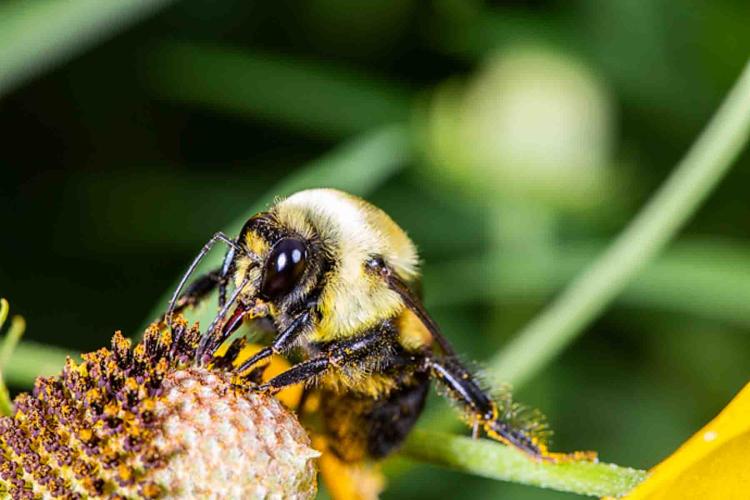
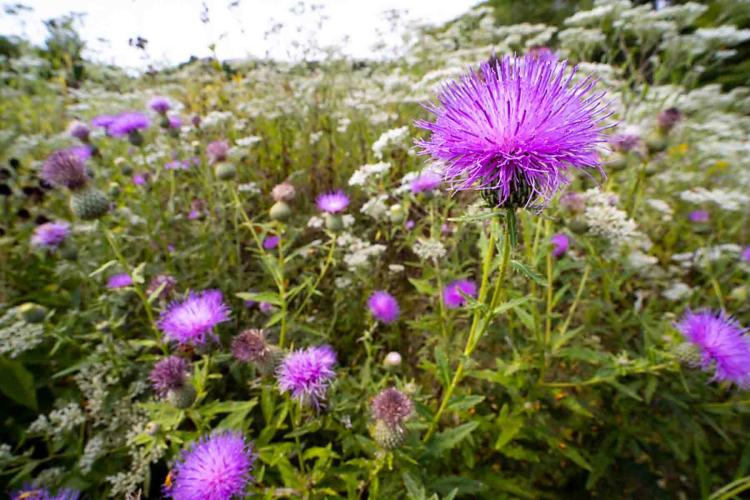
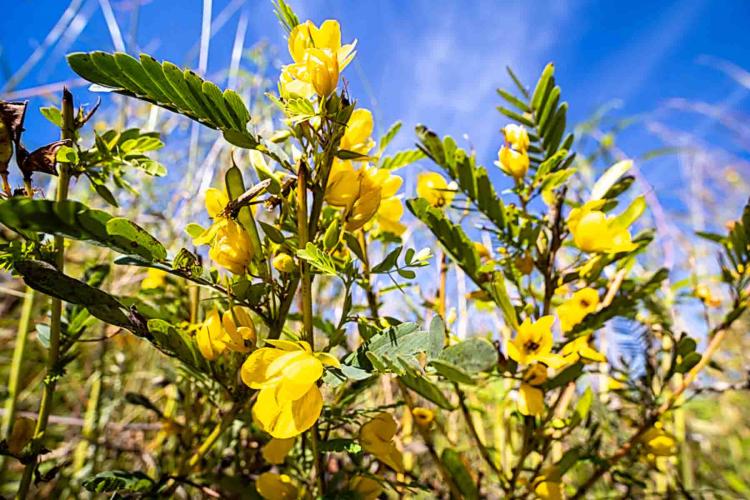
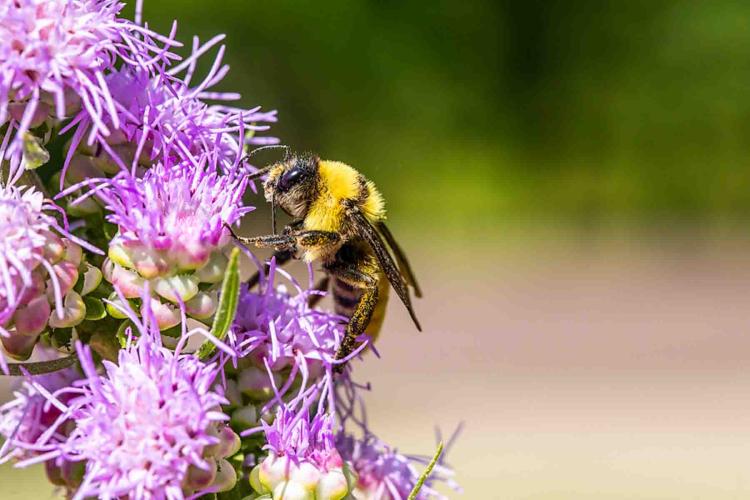
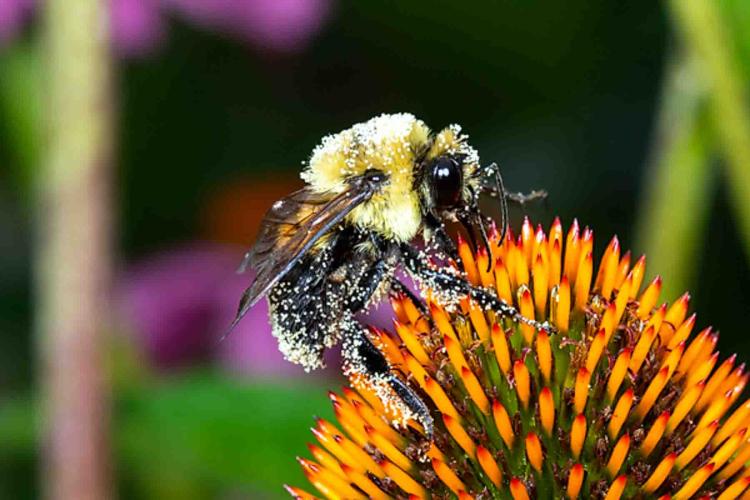
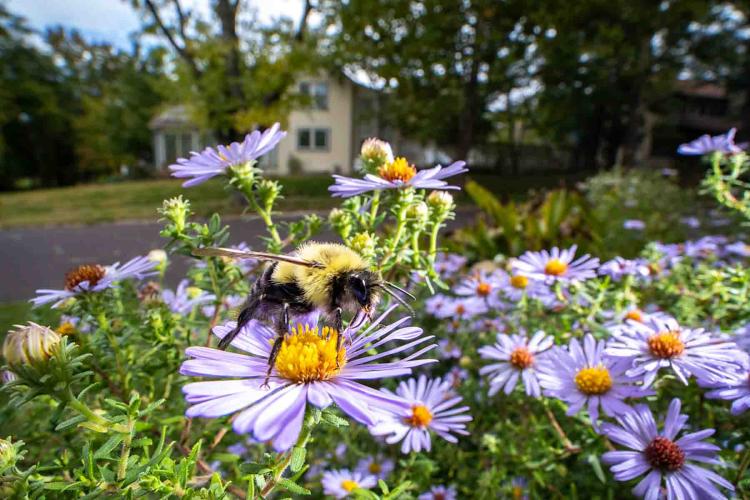
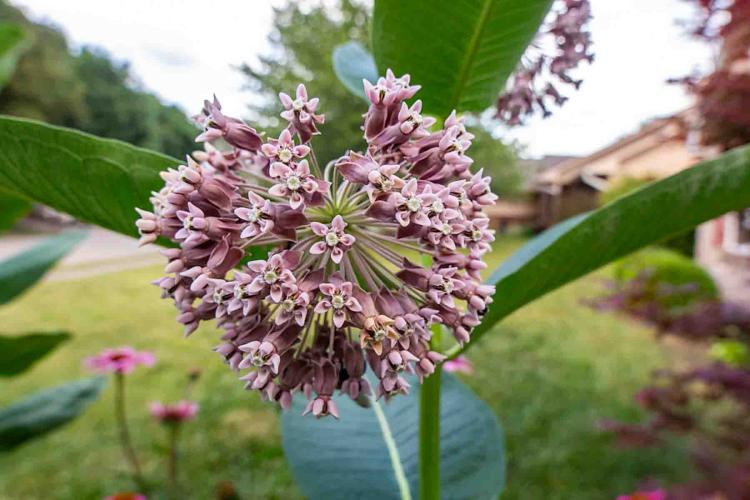
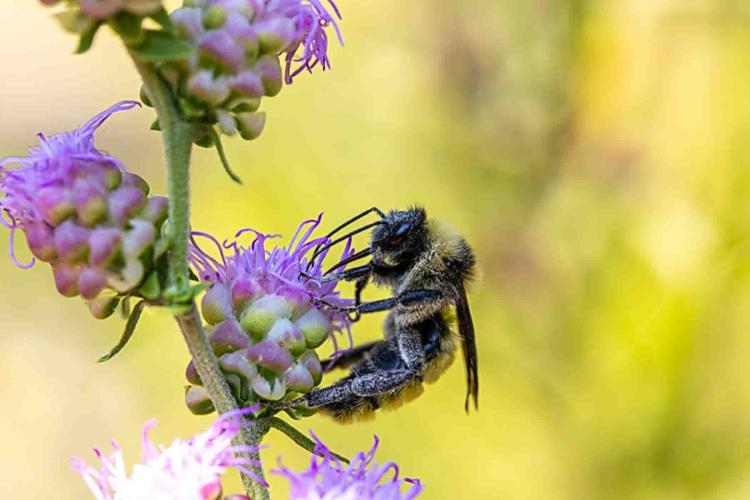
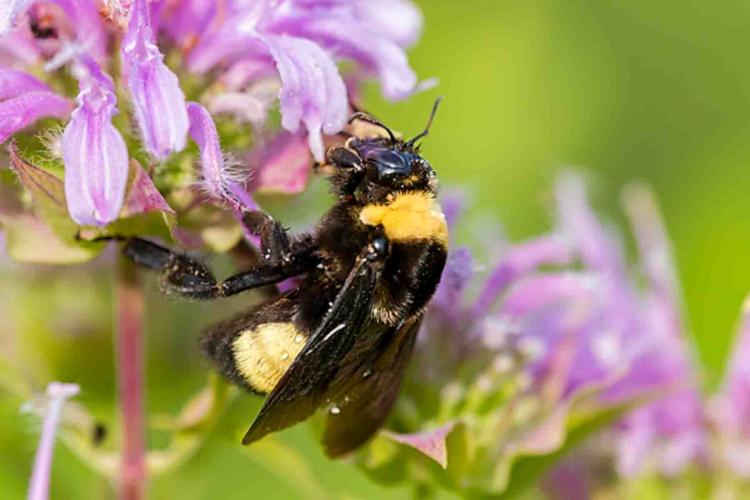
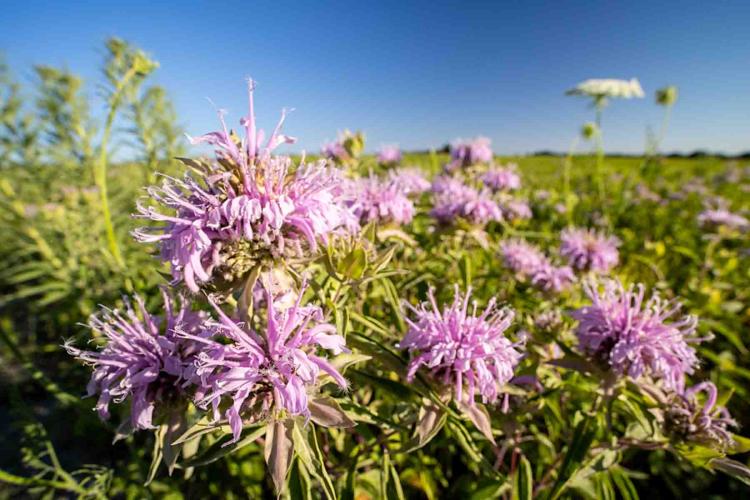
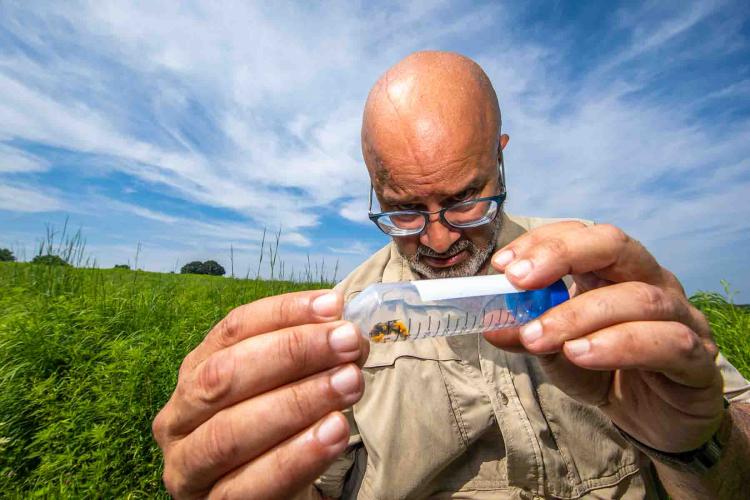
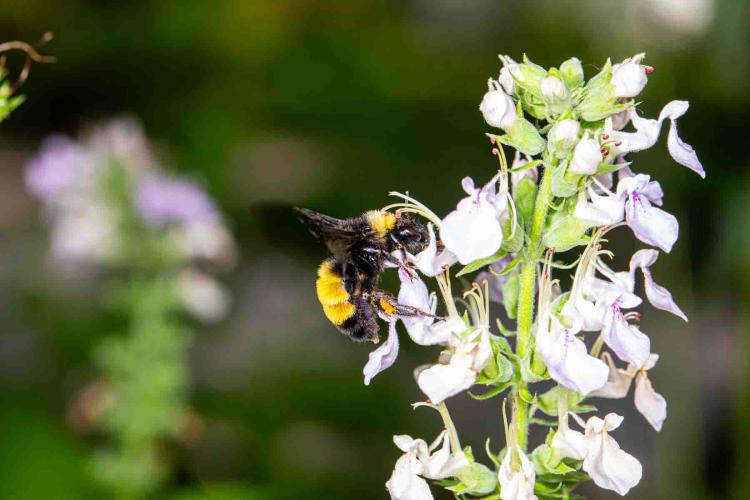
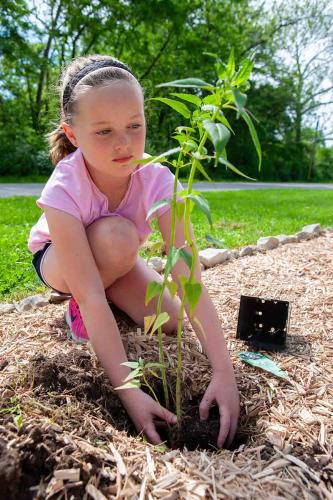
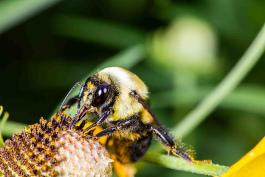
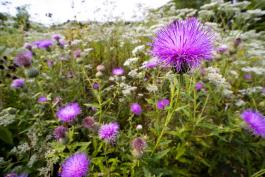
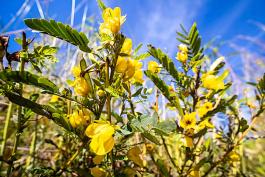
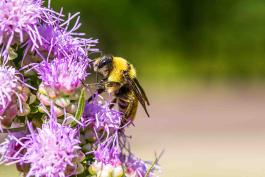
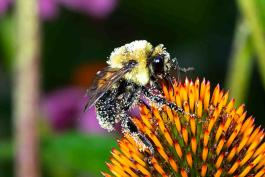
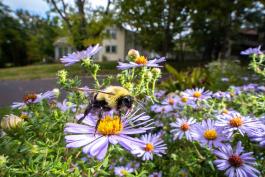
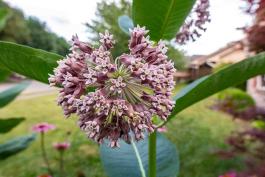
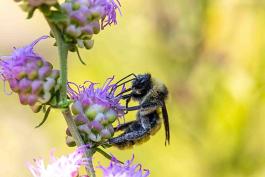
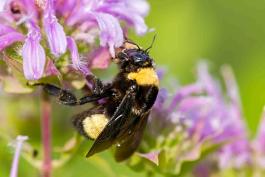
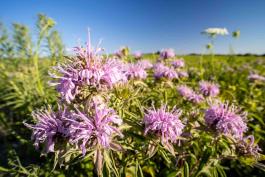
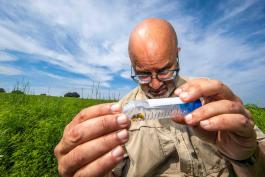
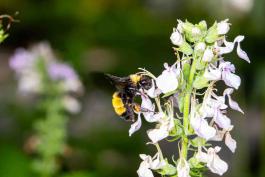
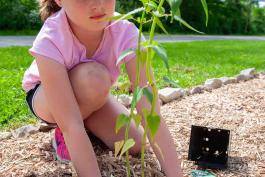
Also In This Issue
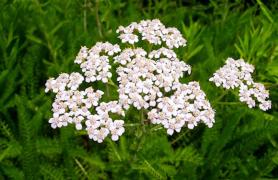
Containers offer native plant options for limited landscapes.

MDC’s warm-and cold-water hatcheries keep Missouri’s waterways stocked.
And More...
This Issue's Staff
Editor - Angie Daly Morfeld
Associate Editor - Larry Archer
Photography Editor - Cliff White
Staff Writer - Kristie Hilgedick
Staff Writer - Joe Jerek
Staff Writer – Dianne Van Dien
Designer - Shawn Carey
Designer - Marci Porter
Photographer - Noppadol Paothong
Photographer - David Stonner
Circulation – Marcia Hale






















